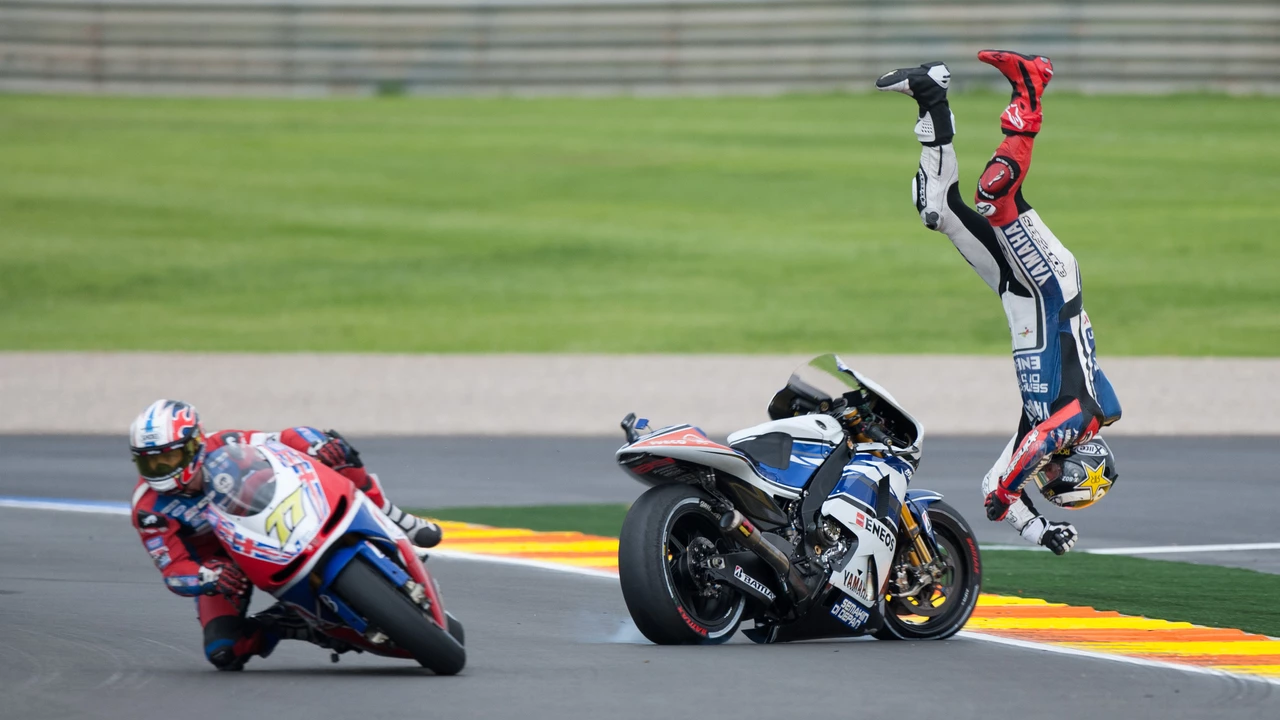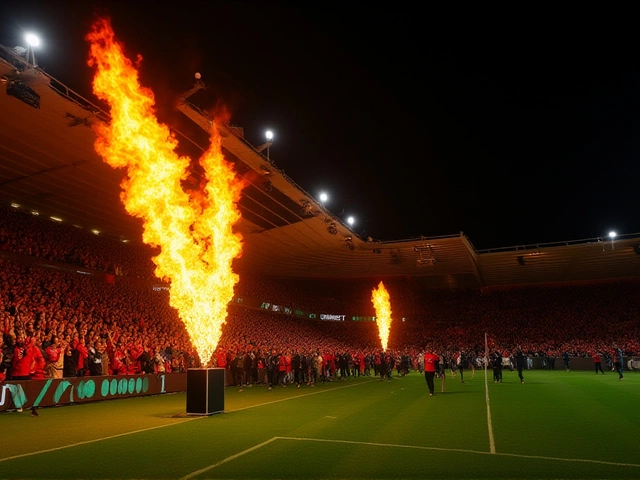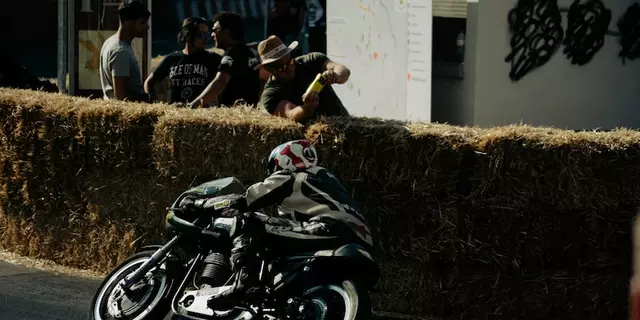Handle Turning: Your Quick‑Start Guide to Better Cornering
Ever felt your car or bike wobble when you hit a bend? That’s a classic handle turning issue. In simple terms, handle turning is how you control the steering wheel or handlebars to keep the vehicle stable while you carve through a corner. Master it, and you’ll shave seconds off lap times and stay safer on the track.
What Exactly Is Handle Turning?
Think of a corner as a dance between grip and speed. When you turn the wheel, the tires need to bite into the road without slipping. Handle turning is the precise input you give—how fast you rotate, how much you hold the angle, and how you release it. Too sharp a turn and the wheels lock; too gentle and you drift wide, losing precious time.
In motorsports, drivers talk about “smooth inputs.” That means applying the steering gradually, matching the car’s roll, and keeping the throttle balanced. It’s the same on a motorcycle: you’ll use the handlebars, body lean, and throttle together. If any of those pieces are out of sync, the bike can slide or the rider can get tossed.
Practical Tips to Improve Your Handle Turning
1. Start with the “slow‑in‑fast‑out” rhythm. Begin the corner at a lower speed, hit the apex, then accelerate once you’re past it. This reduces the load on the tires when you need the most grip.
2. Keep both hands on the wheel (or both grips on the bars). Even if you’re tempted to pull the wheel hard with one hand, it creates uneven pressure and can cause understeer or oversteer. Light, even pressure lets the car respond predictably.
3. Use your eyes. Look where you want to go, not at the curb. Your brain will naturally guide the steering toward that point, making the turn smoother.
4. Practice “counter‑steering” on bikes. When you want to turn left, push the left handle bar forward and the right one back. It feels weird at first, but it keeps the bike stable at high speeds.
5. Feel the car’s roll. As you enter a corner, the chassis leans. Adjust the steering slightly to compensate for this roll; many drivers add a few extra degrees of turn as the car leans.
Try these tips on a low‑key track day or an empty parking lot. Start with wide, gentle corners and gradually tighten them as you get comfortable. Record a short video of your runs; watching yourself can highlight where you’re over‑steering or hesitating.
Remember, handle turning isn’t about brute force. It’s about finesse—matching the vehicle’s dynamics with your inputs. The more you practice, the more instinctive it becomes, and the faster you’ll lap without losing control.
So next time you line up for a corner, think “smooth, steady, and focused.” Your handle turning will thank you, and the podium will be a little closer.
Why do MotoGP riders not turn their handles?
In the thrilling world of MotoGP, it might seem odd but riders don't actually turn their handles to steer. Instead, they use a technique called counter-steering, where they push the handlebar in the opposite direction of the turn. This creates a lean which ultimately guides the bike into the turn. It's a more efficient way to navigate the high-speed twists and turns of a race, offering better control and stability. This technique showcases the physics at play in MotoGP racing, where precision, skill, and understanding of mechanics come together.






